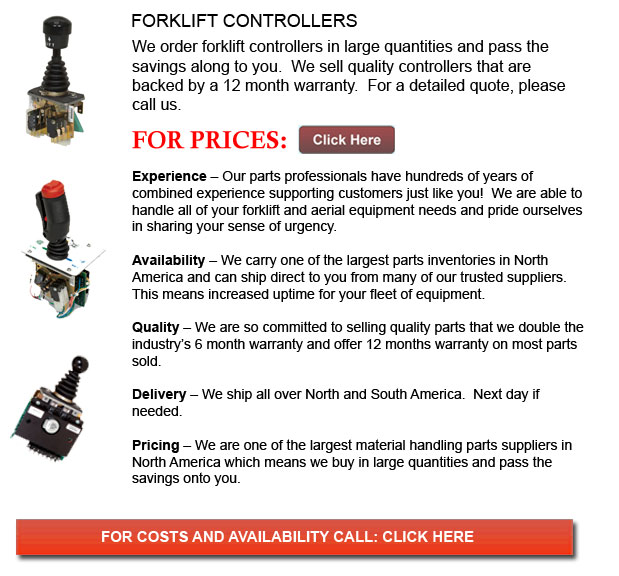
Forklift Controller - Lift trucks are obtainable in many other models that have various load capacities. Nearly all average forklifts used inside warehouse settings have load capacities of 1-5 tons. Bigger scale units are utilized for heavier loads, like loading shipping containers, may have up to 50 tons lift capacity.
The operator could utilize a control in order to raise and lower the forks, that may likewise be called "tines or blades". The operator of the forklift has the ability to tilt the mast to be able to compensate for a heavy loads propensity to tilt the blades downward. Tilt provides an ability to function on rough ground as well. There are yearly contests intended for experienced lift truck operators to compete in timed challenges and obstacle courses at local lift truck rodeo events.
All forklifts are rated for safety. There is a particular load limit and a specified forward center of gravity. This essential info is provided by the manufacturer and positioned on the nameplate. It is vital cargo do not go beyond these details. It is illegal in lots of jurisdictions to tamper with or take out the nameplate without obtaining consent from the lift truck manufacturer.
Nearly all lift trucks have rear-wheel steering so as to enhance maneuverability. This is specifically effective within confined spaces and tight cornering spaces. This kind of steering varies quite a bit from a driver's initial experience together with other vehicles. Because there is no caster action while steering, it is no essential to use steering force in order to maintain a continuous rate of turn.
Unsteadiness is another unique characteristic of forklift use. A constantly varying centre of gravity happens with each movement of the load amid the lift truck and the load and they have to be considered a unit during operation. A forklift with a raised load has gravitational and centrifugal forces that may converge to lead to a disastrous tipping accident. So as to avoid this possibility, a lift truck should never negotiate a turn at speed with its load raised.
Lift trucks are carefully made with a cargo limit for the forks. This limit is decreased with undercutting of the load, which means the load does not butt against the fork "L," and likewise lessens with fork elevation. Normally, a loading plate to consult for loading reference is located on the lift truck. It is dangerous to use a forklift as a worker hoist without first fitting it with certain safety devices like for example a "cage" or "cherry picker."
Forklift utilize in distribution centers and warehouses
Vital for every distribution center or warehouse, the forklift must have a safe surroundings in which to accommodate their safe and efficient movement. With Drive-In/Drive-Thru Racking, a forklift must travel within a storage bay that is several pallet positions deep to put down or get a pallet. Operators are often guided into the bay through rails on the floor and the pallet is placed on cantilevered arms or rails. These confined manoeuvres require skilled operators in order to carry out the task efficiently and safely. For the reason that each pallet requires the truck to enter the storage structure, damage done here is more frequent than with various kinds of storage. If designing a drive-in system, considering the size of the blade truck, including overall width and mast width, need to be well thought out to ensure all aspects of a safe and effective storage facility.
![]() Click to Download the pdf
Click to Download the pdf
Forklift Parts
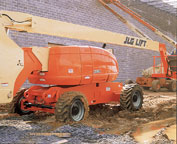
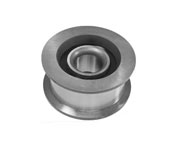
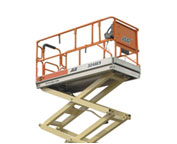
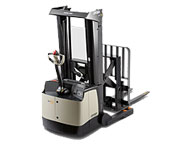


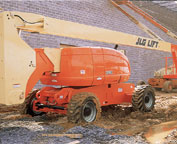
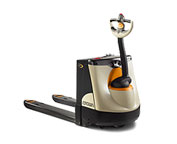
Lift Parts Express
TOLL FREE: 1-888-695-7994
Regina, Saskatchewan
forkliftpartsregina.ca
Email Us
About Us


